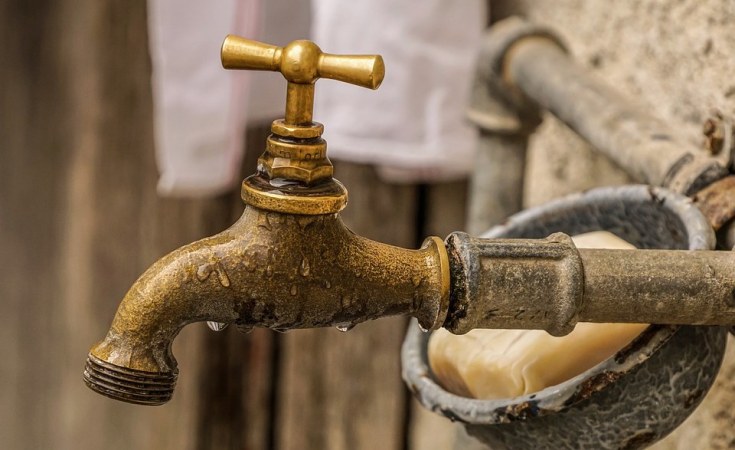DWS calls on citizens to adhere to municipalities water restrictions to conserve water as temperatures rise
The Department of Water and Sanitation's Hydrological Unit released their weekly figures regarding the status of reservoirs in the midst of soaring temperatures in most parts of the country. The recent levels demonstrate that the country's dam levels are gradually depreciating owing to changes in weather patterns. This week, the overall storage capacity of the country's water level sits at 90.7%, a slight continual decline from last week's 91.4%.
Although the average national storage levels are still comfortably hovering above 90% and slightly better than the 90.1% same time last year, South Africa remains a water-scarce country, therefore, consumer behaviour is important in ensuring water security as well as sustainable and equitable water supply.
In Gauteng, Rand Water continues to urge water users to follow restrictions placed by respective municipalities to conserve water, this is due to the fact that soaring temperatures are translating to high consumption resulting in water demand exceeding supply.
Most of the country's Water Supply Systems have recorded downward movements in water levels with the exception of Cape Town and Klipplaat which are on the same level as that of last week at 102.0% and 100.1% respectively.
A total of twelve (12) out of Fourteen (14) Water Supply Systems have slightly declined in water levels namely: Integrated Vaal River System (IVRS) diminished from 93.0% to 92.3%, Both Crocodile East and West contracted from 96.6% to 94.8% and 97.1% to 95.7% respectively.
Algoa Water Supply has moderately dropped from 49.0% to 48.9%, this comes after a few good weeks on increments. Amathole slightly down from 98.2% to 97.4%, Umgeni in KwaZulu-Natal declined from 89.1% to 88.3%, Polokwane from 98.5% to 97.9%, Bloemfontein dropped from 95.5% to 95.3%, Butterworth shrunk from 96.5% to 95.9%, Umhlathuze recorded a minor decline from 99.2% to 98.9%, Luvuvhu 98.6% to 98.2% and Orange lessened from 94.1% to 93.4%.
The overall provincial water storage display that all nine (09) provinces have descended in water levels with Northern Cape experiencing the biggest downfall, plummeting from 90.4% to 82.9%.
Gauteng diminished from 96.4% to 95.9%, Free State slightly dropped from 94.1% to 93.3%, Limpopo from 85.3% to 84.8%, North West from 85.7% to 84.5%, Mpumalanga somewhat dipped from 95.3% to 94.6%.
The remaining coastal provinces are also on the declining segment, Eastern Cape decreased from 79.7% to 78.9%, Western Cape dropped faintly from 92.6% to 92.4% and KwaZulu-Natal declined from 87.1% to 86.6%.
This is how the country's major dams which are the biggest supplies of water have fared: Vaal Dam which is part of the IVRS has recorded a 1.6% decrease from 84.7% to 83.4%, Bloemhof which also part of IVRS has slightly decreased from 101.0% to 99.9%, Gariep Dam which is part of Orange River Water Supply System this week recorded a decline from 91.2% to 90.1%, Vanderkloof Dam is also down marginally from 98.6% to 98.5%.


